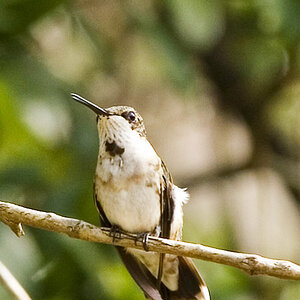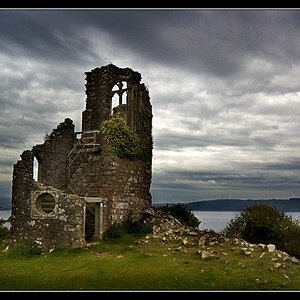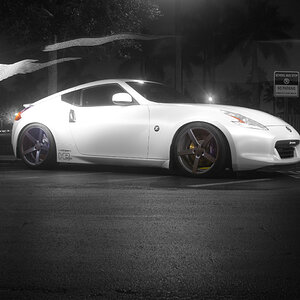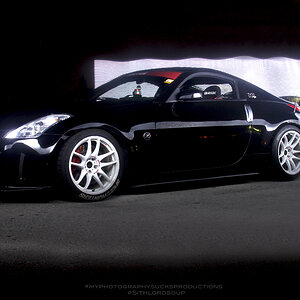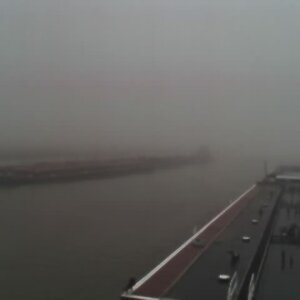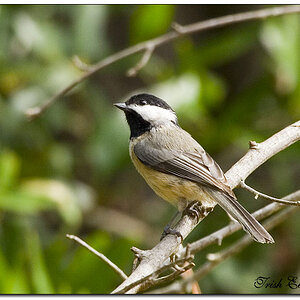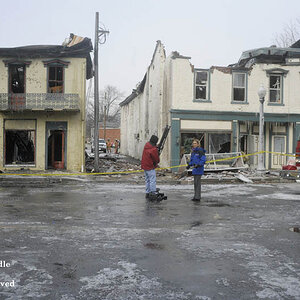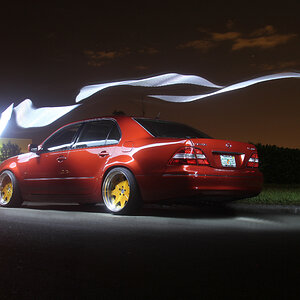Patrick
TPF Noob!
- Joined
- Oct 2, 2003
- Messages
- 562
- Reaction score
- 0
- Location
- Xenia, OH
- Website
- www.kylesphotography.com
- Can others edit my Photos
- Photos NOT OK to edit
Can't make up my mind...
New or gently used Nikon N80
Like new N90
New or gently used Nikon N80
Like new N90


